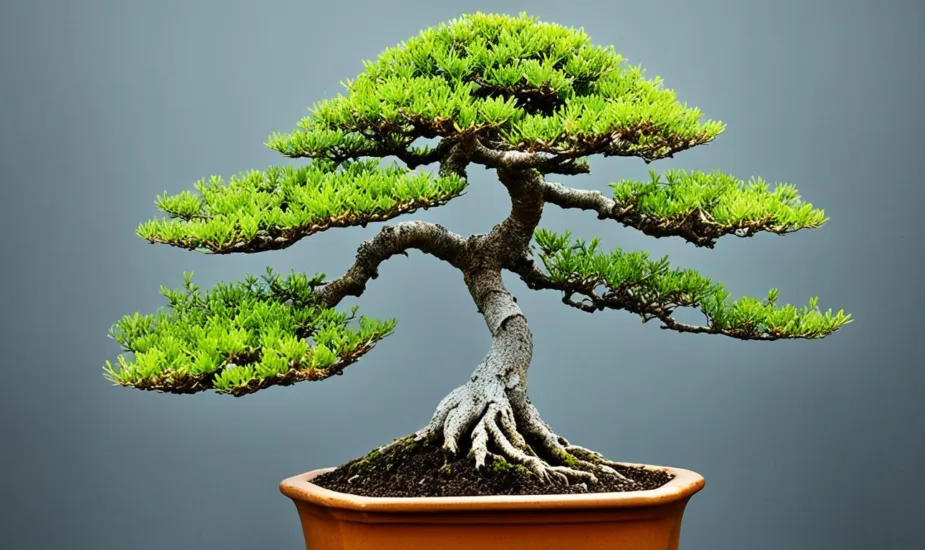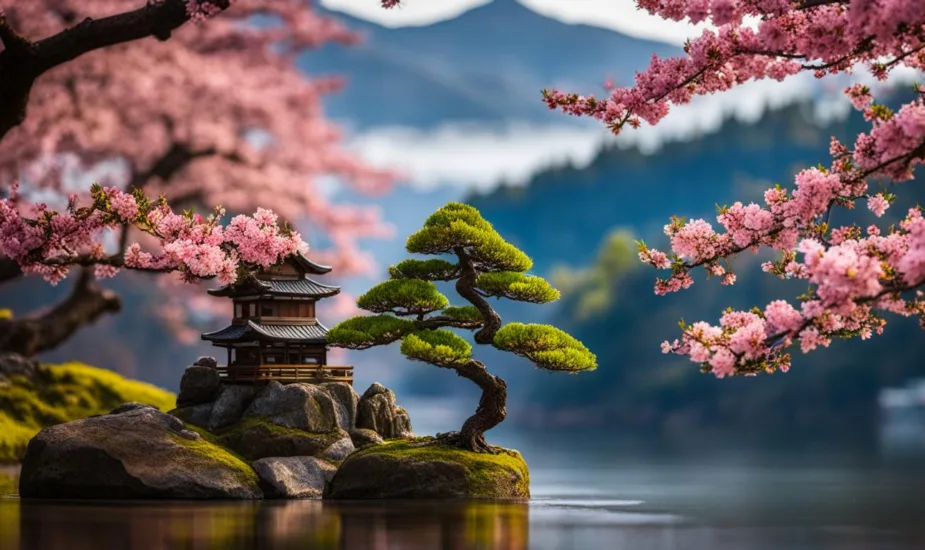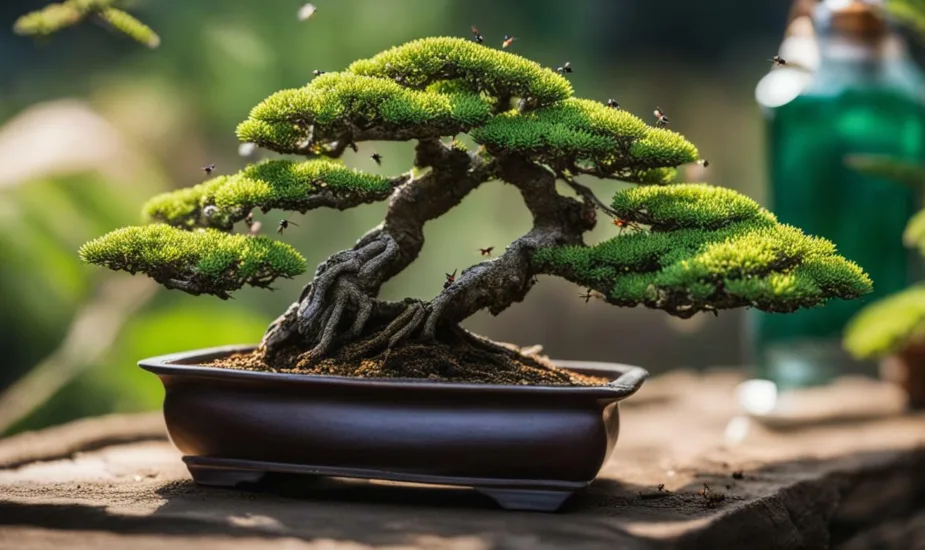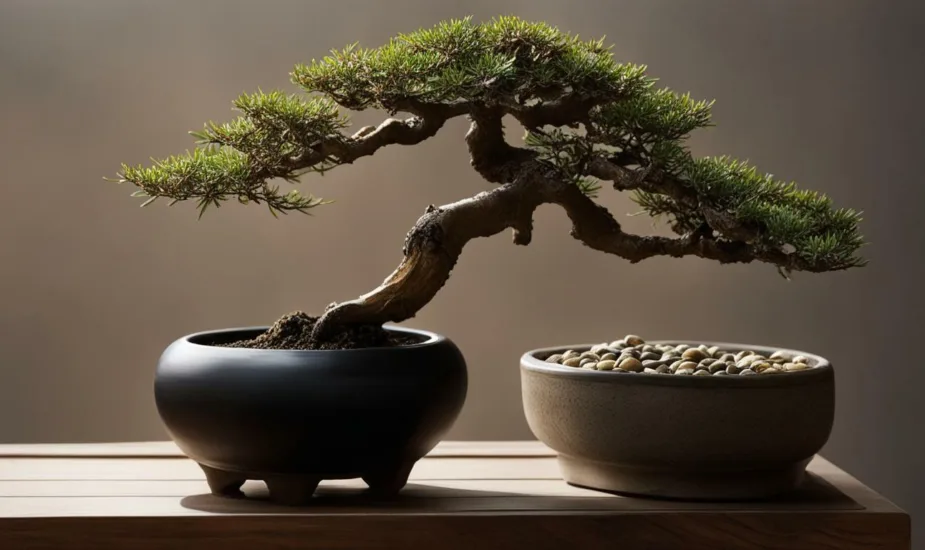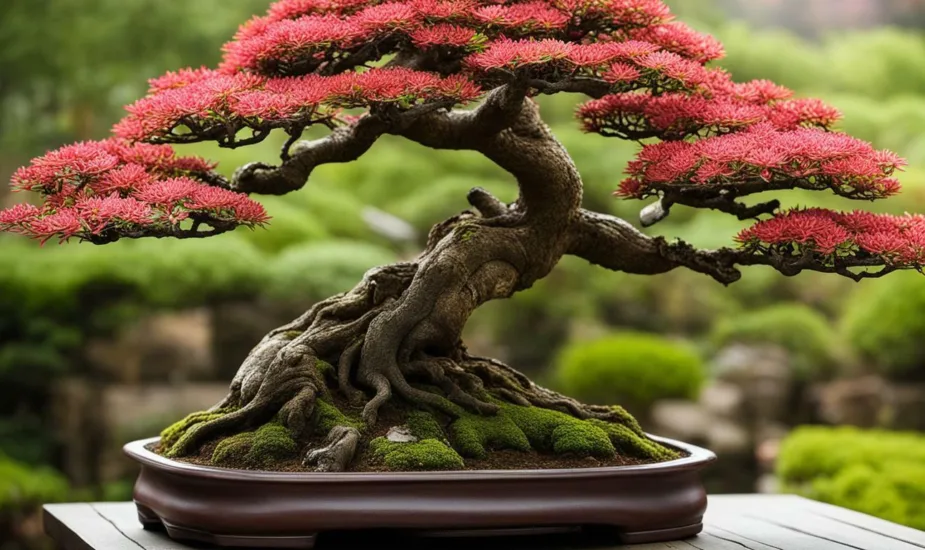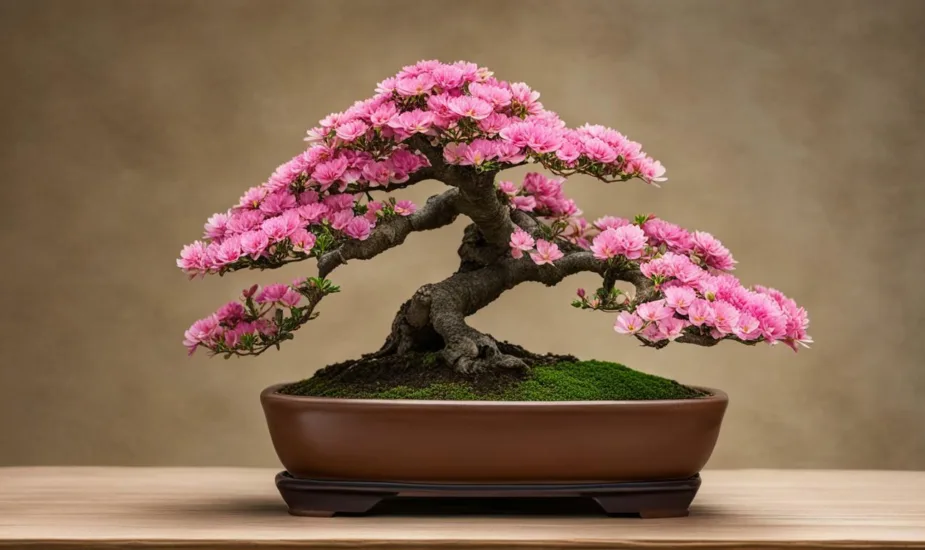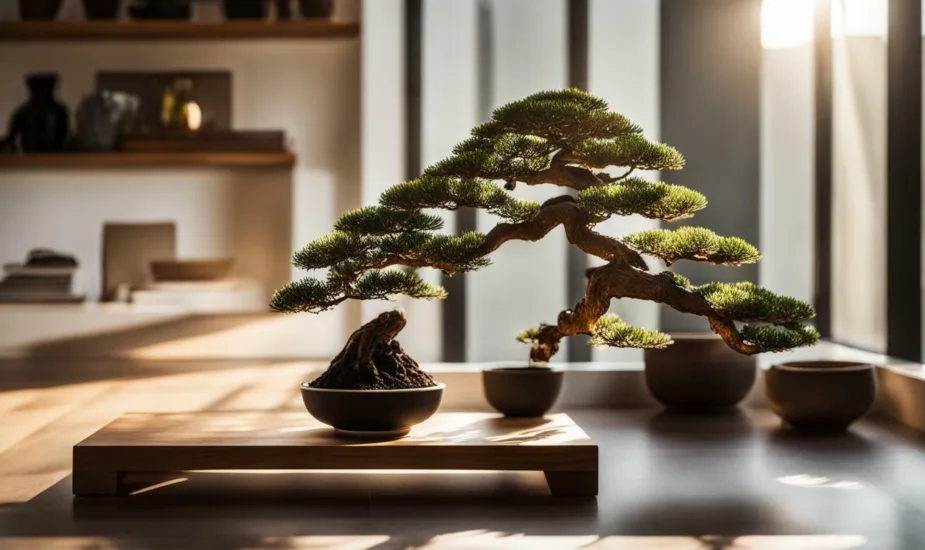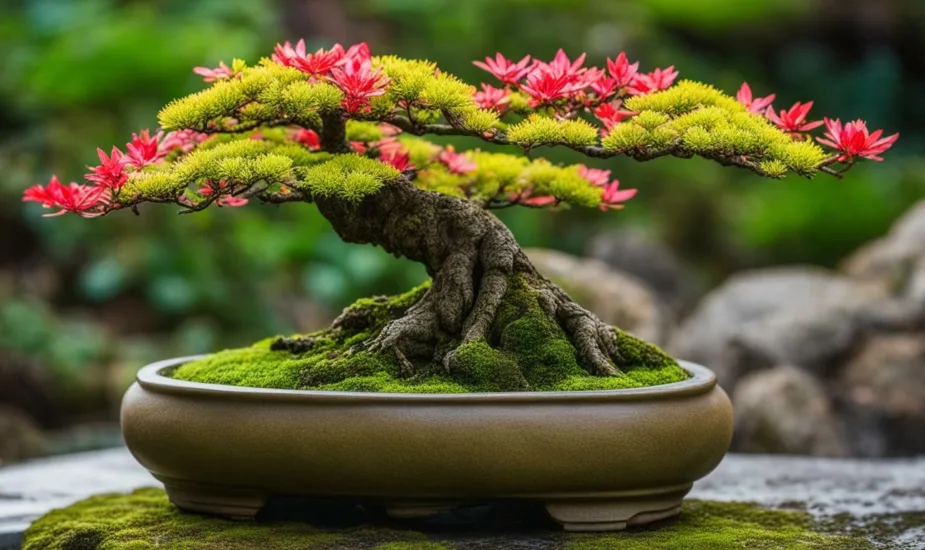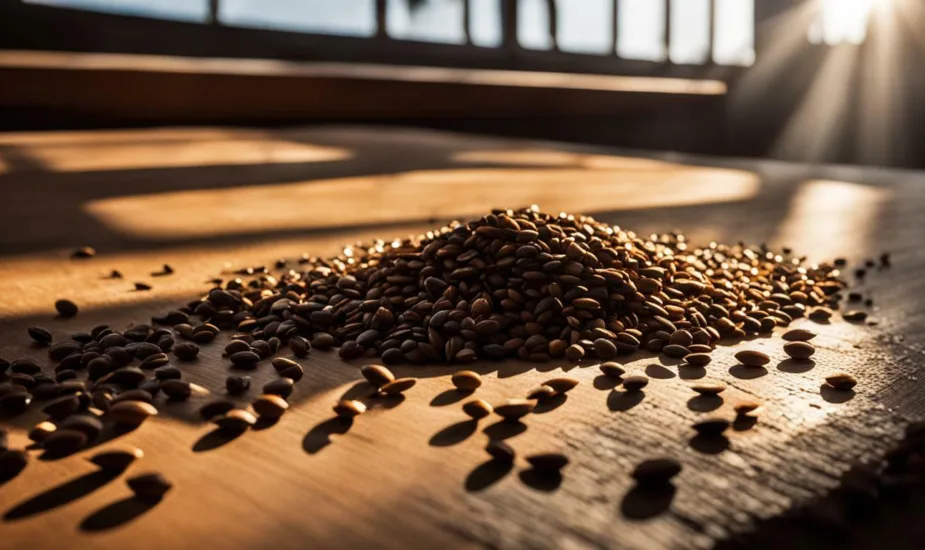Bonsai Delights: Discovering the Diversity of Bonsai Tree Species
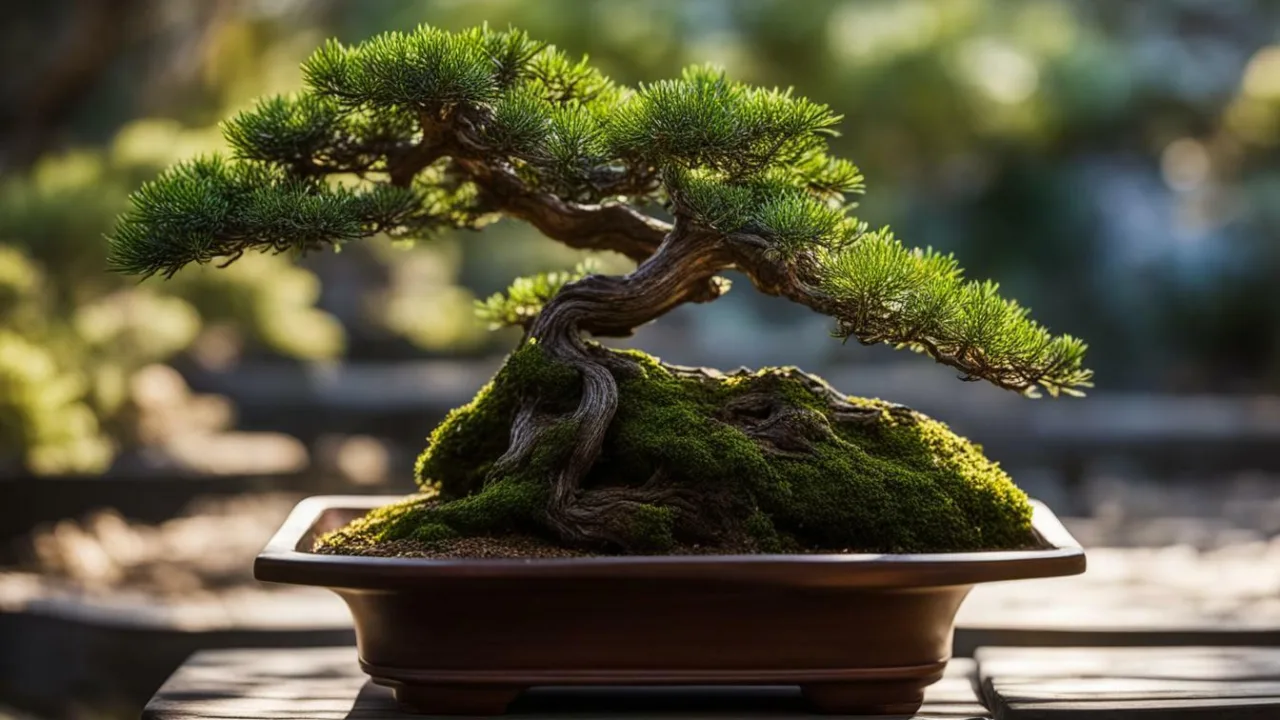
My Fascination with Bonsai Trees
Bonsai trees have always held a special place in my heart. The art of cultivating these miniature trees has captivated me with its beauty, grace, and the sense of tranquility it brings to any space. In this section, I want to share with you why I love bonsai trees and the joy I find in discovering the diverse bonsai tree species.
Why I Love Bonsai Trees
Bonsai trees are more than just plants to me; they are living works of art. The meticulous process of training and shaping these tiny trees to resemble their larger counterparts is a true testament to the skill and patience of the bonsai artist. Each bonsai is a unique masterpiece, reflecting the creativity and dedication of its caretaker.
Beyond their aesthetic appeal, bonsai trees also evoke a deep sense of tranquility and connection with nature. As I spend time tending to my bonsai, I find peace in the gentle pruning, shaping, and nurturing of these miniature trees. It’s a meditative practice that allows me to escape the hustle and bustle of everyday life and immerse myself in the beauty and serenity of the natural world.
The Joy of Discovering Bonsai Tree Species
One of the most exciting aspects of bonsai cultivation is the opportunity to explore the vast array of bonsai tree species. Each species possesses its own unique characteristics, from the shape and color of the leaves to the size and structure of the tree itself. This diversity allows me to create a collection that reflects my personal style and preferences.
Among the popular bonsai tree species, I have come to appreciate the elegance of the Juniper Bonsai, the vibrant autumn foliage of the Maple Bonsai, and the timeless beauty of the Pine Bonsai. Additionally, the graceful Elm Bonsai, delicate Cherry Bonsai, and versatile Ficus Bonsai have all found their place in my collection.
As I continue to discover new bonsai tree species, I am constantly amazed by the range of possibilities. Each species offers its own set of challenges and rewards, making the journey of bonsai cultivation an ongoing adventure.
To fully appreciate the beauty of bonsai trees, it’s important to understand their characteristics and the care they require. This includes considerations such as size and shape variations, leaf shapes and colors, as well as light and temperature requirements. To delve deeper into these topics, visit our article on bonsai tree care.
In the next section, we will explore the various aspects of bonsai tree care and provide you with tips and techniques to help you maintain the health and beauty of your bonsai collection.
Exploring Bonsai Tree Species
When it comes to bonsai trees, there is a fascinating array of species to explore. Each species has its own unique characteristics and care requirements, making the world of bonsai even more diverse and captivating. Let’s take a closer look at some popular bonsai tree species:
Juniper Bonsai
The Juniper bonsai is one of the most common and beloved choices for bonsai enthusiasts. Known for its rugged, gnarled branches and needle-like foliage, the Juniper bonsai captures the essence of nature in a miniature form. These trees are hardy and adaptable, making them suitable for both indoor and outdoor environments. For more information on caring for Juniper bonsai trees, check out our article on bonsai tree care.
Maple Bonsai
Maple bonsai trees are treasured for their vibrant colors and stunning leaf shapes. The unique foliage of these trees adds a touch of elegance and beauty to any bonsai collection. Maple bonsai trees require specific care to maintain their health and ensure optimal growth. They thrive in cooler climates and require well-draining soil. For those interested in indoor bonsai trees, certain varieties of maple can be cultivated successfully. Learn more about caring for indoor bonsai trees in our article on indoor bonsai trees.
Pine Bonsai
Pine bonsai trees exude a sense of strength and resilience. With their characteristic needle-like foliage and distinctive bark, pine bonsai trees are a popular choice for bonsai enthusiasts. These trees require ample sunlight and well-draining soil to thrive. Pine bonsai trees are often associated with outdoor bonsai gardening due to their size and growth requirements. Discover more about outdoor bonsai trees in our article on outdoor bonsai trees.
Elm Bonsai
Elm bonsai trees are renowned for their graceful, cascading branches and delicate leaves. These trees have a timeless beauty that adds an element of tranquility to any bonsai display. Elm bonsai trees are relatively easy to care for and are suitable for both indoor and outdoor cultivation. They require regular pruning and shaping to maintain their desired form. For tips on pruning techniques, refer to our article on bonsai tree care.
Cherry Bonsai
Cherry bonsai trees are cherished for their enchanting flowers and delicate fruit. These trees symbolize beauty and evoke a sense of serenity. While cherry bonsai trees can be challenging to cultivate, the effort is rewarded with stunning displays of blossoms during the flowering season. Cherry bonsai trees thrive in temperate climates and require specific care to ensure healthy growth. Visit a reputable bonsai tree nursery to explore different varieties and learn more about caring for cherry bonsai trees.
Ficus Bonsai
Ficus bonsai trees, also known as fig bonsai trees, are popular among beginners due to their resilience and adaptability. These trees are characterized by their glossy leaves and aerial roots, which lend a unique charm to their overall appearance. Ficus bonsai trees can thrive indoors, provided they receive adequate light and humidity. Beginners interested in cultivating bonsai trees may find ficus bonsai trees to be a suitable starting point. Check out our article on beginner bonsai trees for more information.
Exploring the diversity of bonsai tree species allows you to find a species that resonates with your style and preferences. Whether you’re drawn to the rugged beauty of the Juniper bonsai, the delicate elegance of the Elm bonsai, or the vibrant colors of the Maple bonsai, there is a bonsai tree species waiting to be discovered. Remember to research and understand the specific care requirements of each species to ensure their health and longevity as cherished members of your bonsai collection.
Characteristics and Care Guide
When it comes to caring for bonsai trees, understanding their unique characteristics and specific care requirements is essential. Here, I will guide you through important aspects such as size and shape variations, leaf shapes and colors, light and temperature requirements, watering and fertilizing tips, as well as pruning and shaping techniques.
Size and Shape Variations
Bonsai trees come in various sizes and shapes, allowing you to choose one that suits your preference and available space. From petite shohin bonsai to larger landscape bonsai, each size offers its own charm. It’s important to consider the size and shape of the bonsai tree when selecting one for your home or garden. For more information on choosing the right bonsai tree size, check out our article on indoor bonsai trees and outdoor bonsai trees.
Leaf Shapes and Colors
One of the captivating aspects of bonsai trees is the diversity of leaf shapes and colors. Each species exhibits distinct foliage characteristics, ranging from delicate and needle-like leaves to broad, vibrant ones. The color of the leaves can vary from deep greens to vibrant reds and yellows, adding visual interest to your bonsai collection. Consider the leaf shapes and colors that resonate with your aesthetic preferences when choosing a bonsai tree.
Light and Temperature Requirements
Proper lighting and temperature are crucial for the health and well-being of bonsai trees. Most bonsai trees thrive in bright, indirect light. However, the specific light requirements can vary depending on the species. Some bonsai trees prefer full sun, while others thrive in partially shaded areas. It’s essential to understand the light requirements of your chosen bonsai tree species to provide the optimal growing conditions. Additionally, different species have different temperature preferences, so it’s important to consider the climate in your location. For more detailed guidance, refer to our article on bonsai tree care.
Watering and Fertilizing Tips
Maintaining proper moisture levels is vital for the health of your bonsai tree. Regular watering is necessary, but the frequency and amount of water needed may vary depending on the species, size, and environmental conditions. It’s important to water your bonsai tree when the soil starts to feel slightly dry, ensuring that it doesn’t become waterlogged or completely dry out. Additionally, fertilizing your bonsai tree with a balanced bonsai fertilizer helps provide essential nutrients for growth and overall health. For more detailed tips on watering and fertilizing, refer to our article on bonsai tree care.
Pruning and Shaping Techniques
Pruning and shaping are essential practices in bonsai tree care to maintain the desired form and size. Regular pruning helps control the growth and shape of your bonsai tree, allowing you to create the distinct bonsai aesthetic. Techniques such as wiring and trimming are used to shape the branches and foliage. It’s important to learn proper pruning and shaping techniques specific to your bonsai tree species to ensure healthy growth and a visually appealing form. For more guidance on pruning and shaping techniques, refer to our article on beginner bonsai trees.
By understanding the characteristics and care requirements of different bonsai tree species, you can provide the optimal environment and care for your bonsai tree. Each species has its own unique beauty and care considerations, so take the time to explore and discover the diversity of bonsai trees. With proper care and attention, your bonsai tree will flourish and bring you joy for years to come.
Choosing the Right Bonsai Tree for You
When it comes to selecting a bonsai tree, there are several factors to consider in order to find the perfect match for your gardening journey. Whether you’re a beginner or an experienced enthusiast, finding a bonsai tree that suits your needs, style, and preferences is essential. Let’s explore some key considerations to help you make an informed decision.
Considerations for Beginners
If you’re new to the world of bonsai, it’s important to choose a tree species that is well-suited for beginners. Some bonsai tree species require more advanced care techniques, while others are more forgiving and easier to maintain. Consider factors such as the tree’s hardiness, tolerance to different environmental conditions, and overall resilience. Beginner-friendly species often include Juniper and Ficus bonsai trees. These species are known for their adaptability and ability to thrive with proper care.
To learn more about bonsai tree care, check out our comprehensive guide on bonsai tree care.
Matching Your Style and Preferences
Bonsai trees come in a wide variety of sizes, shapes, and styles. Each species has its own unique characteristics that can complement different aesthetics and preferences. Consider the overall look and feel you envision for your bonsai tree. Do you prefer a more traditional, formal style, or are you drawn to a more natural and wild look? Some species, such as the elegant Elm bonsai or the graceful Maple bonsai, lend themselves well to formal styling techniques. On the other hand, the artistic Cherry bonsai or the majestic Pine bonsai can add a touch of wild beauty to your collection.
Finding the Ideal Bonsai Tree Species
As you explore the world of bonsai tree species, you’ll discover a vast array of options. Each species has its own unique characteristics, including size, leaf shapes, colors, and growth patterns. Consider the space you have available for your bonsai tree—whether it will be an indoor or outdoor tree—and choose a species that is compatible with the lighting and temperature conditions of its intended location. You can find more information on indoor bonsai trees in our article on indoor bonsai trees, or explore outdoor options in our article on outdoor bonsai trees.
To help you make an informed decision, take a look at the table below, which highlights some popular bonsai tree species and their key characteristics:
| Bonsai Tree Species | Size | Leaf Shape | Light Requirements | Temperature Range (°F) |
|---|---|---|---|---|
| Juniper Bonsai | Small to Medium | Needle-like | Full Sun | 60-80 |
| Maple Bonsai | Medium | Palmate | Partial Shade to Full Sun | 45-85 |
| Pine Bonsai | Small to Large | Needle-like | Full Sun | Varies by Species |
| Elm Bonsai | Small to Medium | Oval, Toothed | Partial Shade to Full Sun | 50-85 |
| Cherry Bonsai | Small to Medium | Oval, Serrated | Full Sun | 45-75 |
| Ficus Bonsai | Small to Medium | Oval, Smooth | Bright Indirect Light | 65-75 |
Remember, each bonsai tree species requires specific care and maintenance. Familiarize yourself with the unique requirements of your chosen species to ensure its well-being and longevity. If you’re looking for beginner-friendly bonsai tree options, our article on beginner bonsai trees can provide further guidance.
By considering factors such as your skill level, personal style, and the unique characteristics of each species, you can find the ideal bonsai tree that will bring you joy and satisfaction as you embark on this captivating gardening journey.
 Little Garden Tips
Little Garden Tips




